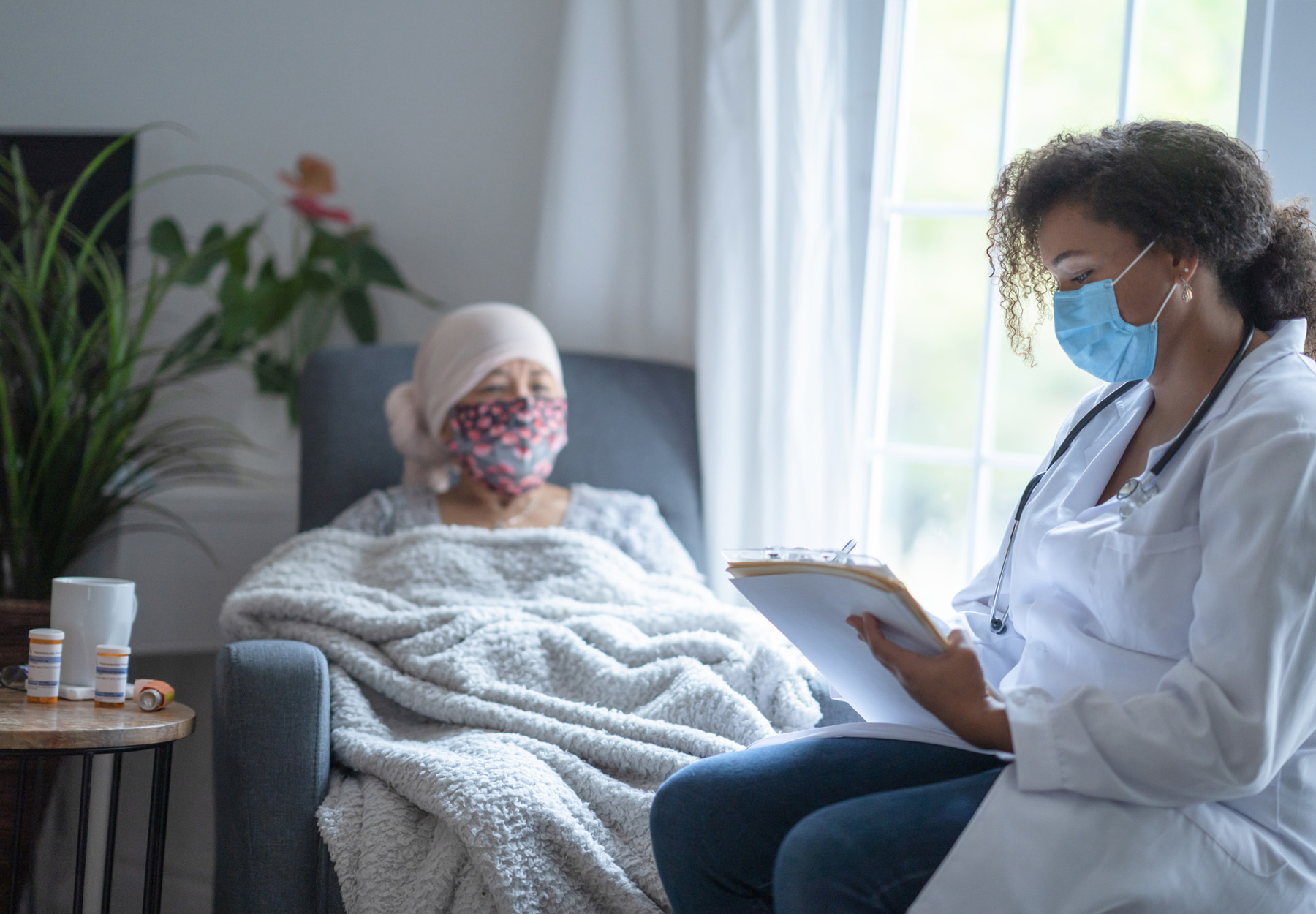Because of their weakened immune systems, cancer patients are one group at increased risk of developing severe COVID-19. Now, a new study published in Journal of the American Medical Association (JAMA) Oncology provides more insight into how COVID-19 impacted cancer deaths in the US in the early days of the pandemic.
Published Sept. 29, the study looked at US residents’ death certificate data from the Centers for Disease Control and Prevention (CDC) WONDER Multiple Cause of Death database for the period from March 1, 2020 to December 31, 2020. Researchers discovered that 16,561 cancer deaths during this time involved COVID-19 complications. Of those deaths, 13,419 were considered COVID-19 deaths with cancer as a contributing case, while 3,142 were considered cancer deaths with COVID-19 as a contributing cause.
The study results also showed that COVID-19 impacted deaths for certain types of cancer more than others. When compared to cancer deaths not involving COVID-19, cancer involving hematologic neoplasms and prostate cancer accounted for the greatest percentage of cancer deaths involving COVID-19.
According to a press release from the American Cancer Society, whose researchers led the study:
- Cancer involving hematologic neoplasms: Accounted for 23.3% cancer-COVID-complicated deaths vs 9.6% cancer deaths unrelated to COVID-19
- Prostate cancer: Accounted for 12.4% cancer-COVID-complicated deaths vs 5.5% cancer deaths unrelated to COVID-19
As has been shown in other studies on COVID-19, this study showed that certain racial and ethnic minorities were disproportionately affected by the respiratory illness. The researchers looked at race and ethnicity data in order to get a better picture of healthcare disparities among those who died of both cancer and COVID-19, finding that those belonging to what they termed Hispanic, Black, Alaska Native, or American Indian groups were more likely to die of both diseases.
Compared with cancer deaths not related to COVID-19, cancer patients were also more likely to die of both diseases if:
- They lived in a large metropolitan area
- They lived in long-term care, nursing home, or inpatient settings
- Were 85 years old or older
Though the research was limited by lack of data on cancer treatment and stage, the team writes in their paper that “the high proportion of deaths caused by both cancer and COVID-19 in medical facilities suggests a high economic burden to be evaluated in future studies.” They add their results also show that continued monitoring of cancer patient deaths involving COVID-19 variants is necessary, particularly in the period “after vaccines became available.”
